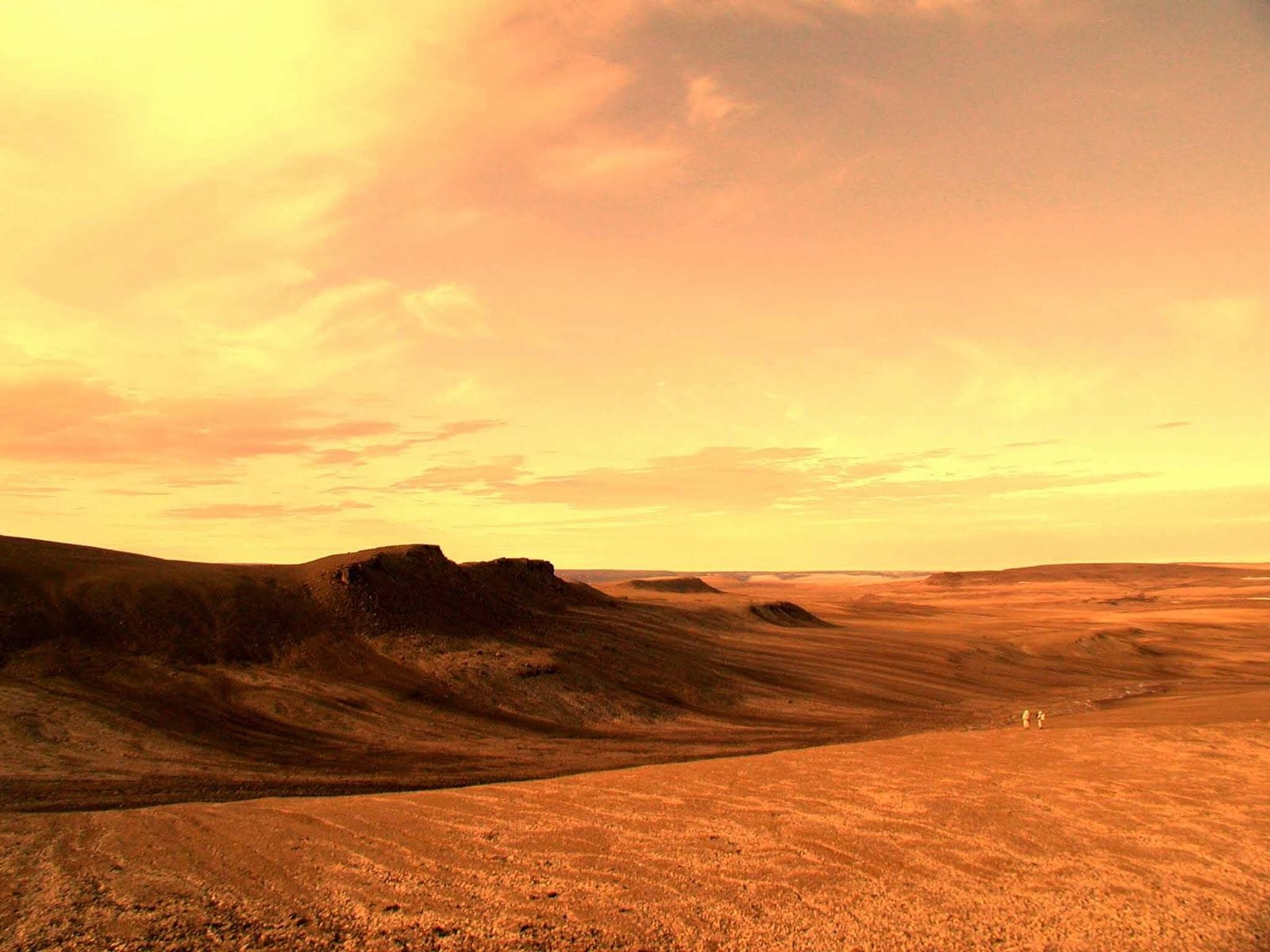The symbolic Doomsday Clock, maintained by the Bulletin of the Atomic Scientists, has been advanced to 90 seconds to midnight, the closest it has ever been to signifying a global catastrophe. This adjustment marks a somber development in the assessment of global security, reflecting the continued escalation of risks across multiple domains. The Doomsday Clock, a visual representation of humanity’s proximity to self-inflicted global annihilation, was first established in 1947 in the early years of the nuclear age. Initially, the clock was set at seven minutes to midnight, serving as a gauge for the perceived level of danger facing the world. The clock’s setting is evaluated annually by the Bulletin’s Science and Security Board, a distinguished group of scientists, policy experts, and former military officials. This assessment is based on a variety of factors, including, but not limited to, nuclear weapons proliferation, climate change, and biological weapons. This year’s decision was significantly influenced by the ongoing conflict in Ukraine, which has heightened the risk of nuclear escalation and revealed existing vulnerabilities in international security architectures. The war has resulted in the disruption of global trade and energy flows, exacerbating existing challenges and adding to the existing tensions around the world. The continued development and testing of nuclear weapons by various nations is also a major source of concern for those assessing global risks. The possibility of a nuclear conflict, whether intentional or accidental, remains a persistent threat. In addition to nuclear concerns, the climate crisis poses a significant and escalating threat to global stability. The increasing frequency and severity of extreme weather events, including floods, droughts, and heat waves, has caused displacement of people, disrupted agriculture, and placed significant strain on resources. These factors, if left unaddressed, could potentially exacerbate conflicts and tensions across the globe. The Board also considered the challenges posed by bio-related technologies and the potential risks associated with the spread of dangerous pathogens. Advances in biotechnology, while holding promise for medical advancement, also present challenges with the possibility of misuse. The Doomsday Clock is not a scientific instrument in the traditional sense but rather a symbol designed to generate public awareness and discussion about existential threats to humanity. Its purpose is to be a reminder of the risks that the world faces and the importance of finding solutions for these global challenges. The clock’s movement towards midnight is not meant to induce panic or fatalism. Rather, it serves as a call to action for governments, organizations, and individuals to address these issues with seriousness and a sense of urgency. The Bulletin emphasizes that it is within humanity’s capacity to reverse this trajectory and that by cooperating, the clock can be moved further away from midnight. The move closer to midnight should serve as a reminder of the critical importance of international cooperation, effective diplomacy, and responsible decision-making by governments worldwide. It is the hope of the Bulletin that this assessment will spark debate and encourage the pursuit of policies that will ultimately reduce the risks and improve the safety of the world. The continued reliance on weapons of mass destruction, the lack of progress on climate change, and the inability to bridge geopolitical differences remain major challenges for the international community, all of which contribute to the urgency of the present moment. There is an urgent need for a global discussion aimed at promoting peace and reducing the existential risks that the world is currently facing. The Doomsday Clock’s current position is not predetermined. It is the result of human actions and therefore it can be adjusted by human decisions to reduce these risks and to move it back away from midnight. The Bulletin encourages everyone to become better informed and work to implement responsible and effective measures to ensure the safety of all.
Global Security Bulletin Updates Clock Setting



